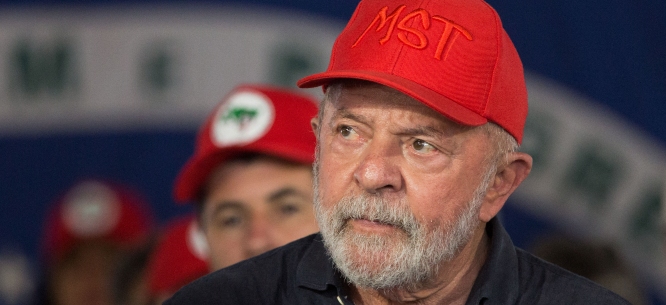Parties and Movements
A roundtable discussion on the challenges that left-wing political formations face around the world.

For many socialists, the classic political model comes from the left-wing parties grounded in workers’ movements that formed in Europe over a hundred years ago. Today, many of the left’s broadest goals, and its primary antagonists, remain the same. But the conditions under which socialists pursue those goals have changed drastically. And the social and political climate varies greatly across our unequal planet.
This conversation, held in October, brings together scholars who focus on different regions in order to help us understand the challenges that left political formations and popular movements face around the world. What do they hold in common? Where do their perspectives diverge? What brought them to this point—and where are they headed?
Nick Serpe: Let’s start with one story about what’s going on with the left, particularly in the Global North: the development of what Thomas Piketty calls a Brahmin left, against a populist right, in a moment of class dealignment. Sheri, is this story a good framework for thinking about current challenges in Europe?
Sheri Berman: There clearly is a story to tell about how the groups that vote for the left have shifted over the past few decades. People are concerned about right-wing populist parties not only because they are a potential threat to democracy, but also because they have captured a significant share of working-class voters. Piketty has written a lot about how the left these days is often more associated with folks like those who read Dissent— highly educated, middle-class people who are socially liberal and perhaps also economically liberal, but are defined primarily by the former rather than the latter.
It’s important to note that the postwar left in Europe and in the United States never received its votes entirely from the working class, because the working class never became a majority of the voters as Marx and others had predicted. Putting together a cross-class coalition has always been part of the democratic left’s strategy. The concern is that the balance of that coalition has shifted, and the leadership, the activists, and a significant part of the electorate has become more educated and more middle class. This has changed what the left means in ways that are important not only for understanding the left, but also for understanding why right-wing populist parties have managed to gain traction.
Serpe: Andre, Brazil offers a case of a signficant cross-class coalition on the left. Has this coalition changed since Lula was first elected twenty years ago?
Andre Pagliarini: One o…
Subscribe now to read the full article
Online OnlyFor just $19.95 a year, get access to new issues and decades’ worth of archives on our site.
|
Print + OnlineFor $35 a year, get new issues delivered to your door and access to our full online archives.
|
Already a subscriber? Log in:
Source: dissentmagazine.org


